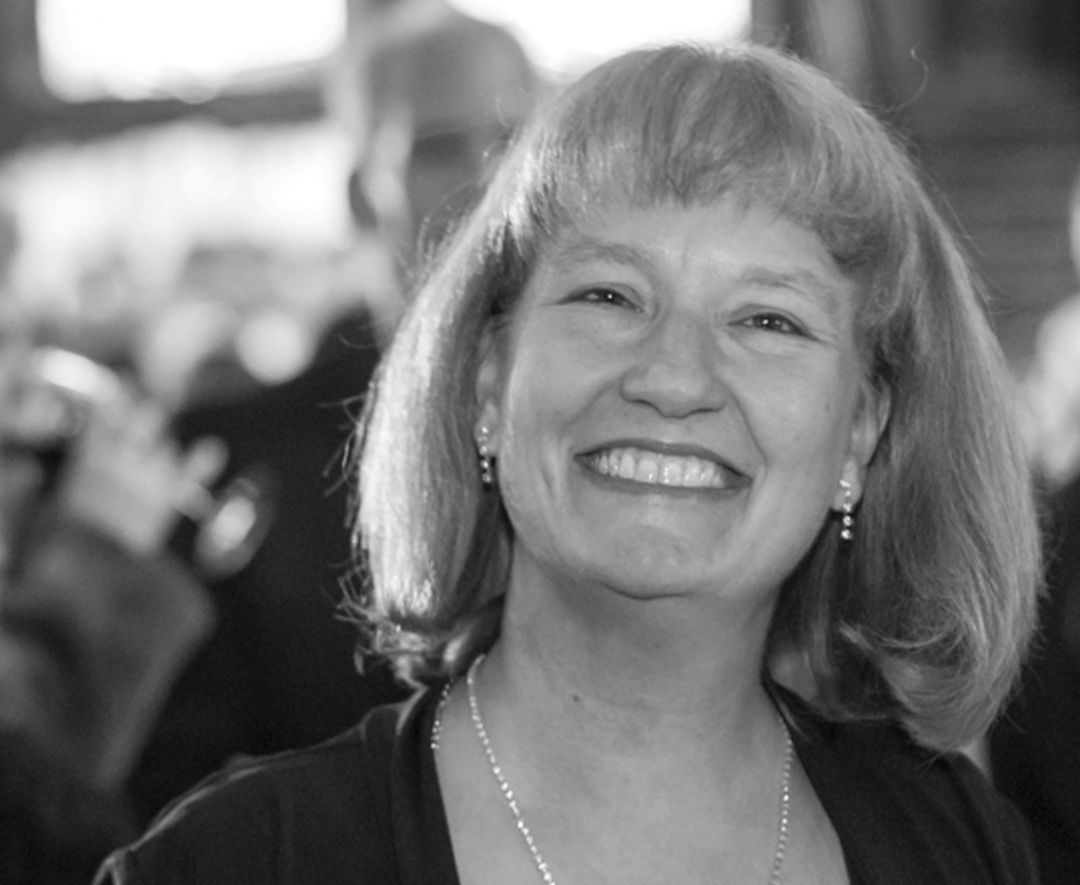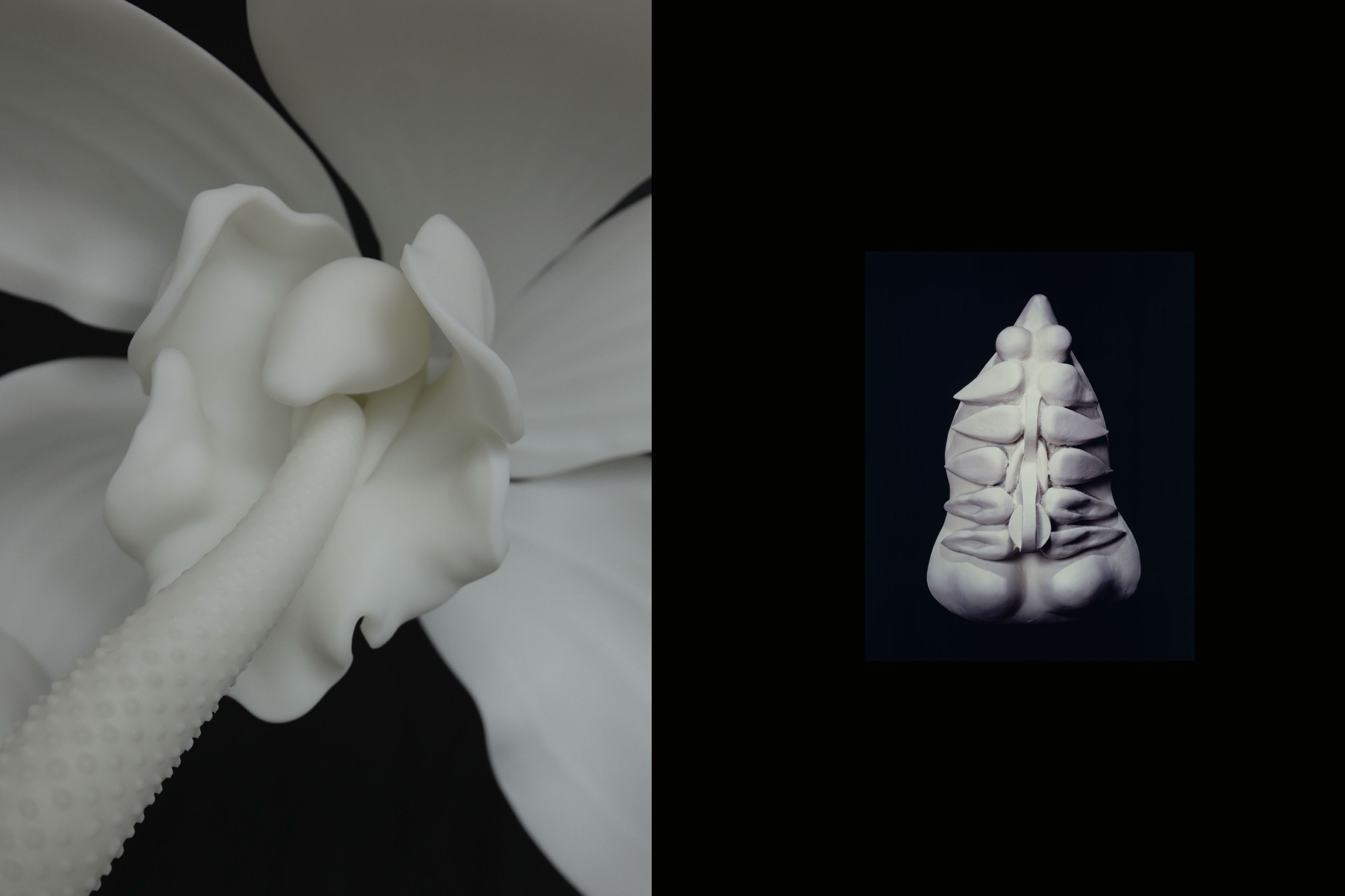A New Portland Play Takes On Climate Change—For Hours

E.M. Lewis: "Plays are how I wrestle with the world."
Image: Russell J Young
Few plays are as ambitious—and risky—as Magellanica, an Artists Repertory premiere performed over almost six hours (including three intermissions and a dinner break). From the highly technical production to the actors’ 12-hour daily rehearsals, this is an expensive undertaking in both time and resources, doubling down on Portland audiences' willingness to invest their time in art.
Award-winning playwright E. M. Lewis has examined contentious topics before. She dived into gun control in her 2014 Portland premiere of The Gun Show, which starred Portlander Vin Shambry, now rejoining Lewis to confront another life or death concern: the environment.
For an Antarctic adventure set in 1986 at the South Pole Research Station, Magellanica is surprisingly topical. Threat of nuclear war? Climate change? A celebrity-turned-controversial-US President? Check. Check. Check. Lewis spent five years researching and then writing the play, which is based on the real-life discovery of a hole in the ozone layer during the Cold War. In Magellanica, a fictionalized international eight-person team spends eight and a half months in one of the most isolated places on earth, exploring one of our most burning political and environmental questions: will humankind save the world or destroy it?
We caught up with Lewis to discuss how current events shaped Magellanica, the process of bringing such a large-scale project to life, and how growing up in Oregon was fundamental to the work.
This play is based on the Cold War-era discovery of a hole in the ozone layer. How did that event inspire you?
Plays always have lots of origin stories, so I feel like a playwright gathers bits and pieces as she goes along. 1985–1986 were the real years that the hole in the ozone layer was discovered and then that discovery was unpacked by scientists. They were trying to figure out what happened. What have we done? Is this manmade or a natural phenomenon? Why didn’t we see it before? What’s going on here?
My scientists refer to it rather poetically as “the hole in the sky.” And it was huge. In the mid-'80s, this was the scientific discovery of the decade, and the way that it ended up being handled was a model for the global scientific community and political community, in that in the wake of these moments of discovery and figuring out, we actually pulled together—not without challenges or difficulties—but people from around the world, countries from around the world, pulled together, figured out what needed to be done, and said, “Yes, we’re going to do this.” Very encouraging, really.
It sounds like an approach we could use right about now...
In a lot of ways, there could not be a better moment for this play to be produced. It was not as topical when I started writing it as it is in this moment now, in every possible way—in terrifying ways, truly, because the Paris Accord is much in the news these days, something we were happily moving in step with the rest of the world toward, dealing positively with climate change, and now not so much. Russia versus the US is suddenly in the news in a way that it wasn’t when I started writing the play. Norway, just in the last couple of days, is in the news. I have a Norwegian character who is part of the story. Tensions with North Korea are very, very high, and suddenly something that we haven’t thought about in so long is present tense again. In the mid-1980s, we had the Cold War, we had Ronald Reagan, the Berlin Wall was still very firmly up, and there were some very high tensions. When they were talking about Star Wars, they were talking about missile defense programs. All of these things, all of these pieces, went into the play. What’s happening now with climate change and what was happening in 1986 with the hole in the ozone layer—my play tries to draw a line between then and now.
So you have a Russian and a Norwegian. Who are the play's other characters?
I have an American climatologist and a Russian climatologist who are, as you might imagine, in more ways than one, in direct conflict with one another, politically and also with their ideas about what’s happening scientifically there in the world. I have a British glaciologist studying the glaciers, and that’s part of what pulls us forward from 1986 to the present. I have a Norwegian ornithologist, a Bulgarian cartographer, and a Chinese-American physicist. The expedition is pulled together by an American Vietnam veteran, Captain Adam Burrell, and his right-hand man, Freddie de la Rosa, who also helps to keep these six scientists surviving through the eight and a half months of winter.
Eight and a half months of winter?
It’s unbelievable, isn’t it? What people, since the early Antarctic explorers—Scott, Amundsen, and Shackleton—who first traversed to the South Pole endured and what people still endure: more than a hundred degrees below zero during the entirety of winter and darkness lasting eight and a half months in which you are absolutely stuck there at the South Pole Research Station.
It was truly when I saw that fact—that people are stuck there, they can’t come, they can’t go—that the idea for this play and that crucible of space—where we’d find out what these people are made of, where they’d find out what themselves were made of—came to me.
Did you know from the beginning that it was going to be such a long, epic play?
Yes.
Were you ever worried it wasn’t going to find a home?
Absolutely! There was no commission for this. Nobody was sitting there saying, “Ellen, do you have that epic play for me yet?” I just had an idea. Also, none of my [previous] ideas had ever been anything like this scale. Most of my plays had been 90 minutes, give or take, straight through without an intermission—not because I chose to make them that way, that was just how they felt right. But when this play tumbled into my head—these characters, this idea, this place—for whatever reason, I knew from that very moment that this was going to be five parts, that this was going to be over the course of an eight-and-a-half-month winter, so that duration of time you were going to stay with them, and it would probably be about five or six hours. And I was right. It was scary because it’s always scary to write on spec, but I loved my characters and I wanted to know what happened to them. And after I finished writing it, I hoped that other people would want to know what happened to them, too. And at least one does—Dámaso Rodríguez, who is the artistic director here and who said, “Yes. I want this story. I want to go on this Antarctic adventure with you, Ellen.” And that propelled us forward to where we are now.
Do you hope Magellanica might be a catalyst for social change? Can art influence our political and social mores?
I’m not against it. Asking the big questions about our world in every way—ecologically, politically, socially—I feel is one of the wonderful responsibilities of us as artists and one that I am happy to grapple with. I have big questions about the world and how it works. Although I’m not a playwright who wants to give pat or easy answers—as if there were such things—I do feel that it’s my responsibility to ask those big questions and ask the audience, “Let’s ask these together.” My last play that was done in Portland was called The Gun Show. Guns and gun control is something that I felt like we might have some stuff to talk about. My plays tend to ask the same questions as I do, and, of course, that’s no accident. Plays are how I wrestle with the world. My characters on paper help me figure out how to live as a human being, and I’m grateful to have that at my disposal to help me in the world.
The Gun Show was very autobiographical and drew from your experiences growing up in rural Oregon. Did your upbringing also influence Magellanica?
I think it did, and I’ll tell you how. Dámaso, our director, asked all of us when we were doing the first read to go around and say, “If you were a scientist, what kind of scientist would you be?” Thinking about that, I would be a naturalist because growing up in rural Oregon on a small farm, going fishing with my dad in the little streams, going on a boat in the lakes, watching the eagles with my grandparents, hiking at Silver Creek Falls, growing things in the garden, picking those things, cooking them in the kitchen, and eating them, there is a way that growing up in Oregon made me grateful and aware of the natural world. I think I’m not alone. I think Oregon is a state in which—no matter, really, our political views—we appreciate this beautiful state that we live in, the trees, and the water, whether we are hiking in it or hunting in it. An appreciation for the natural world is deep and fundamental to this play.
Magellanica
5:30 p.m. Thu–Fri and 2 p.m. Sat–Sun, Jan 20–Feb 18, Artists Repertory Theatre, $25–50



